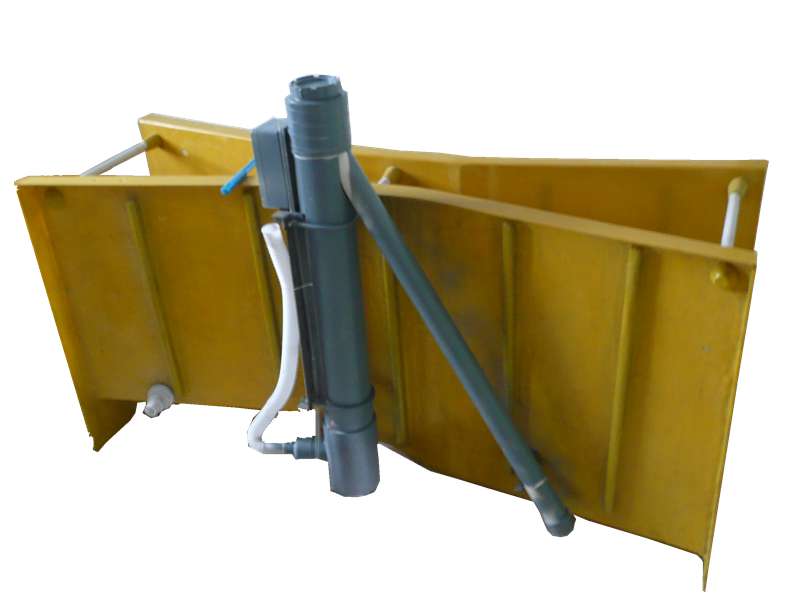
-
 Afrikaans
Afrikaans -
 Albanian
Albanian -
 Amharic
Amharic -
 Arabic
Arabic -
 Armenian
Armenian -
 Azerbaijani
Azerbaijani -
 Basque
Basque -
 Belarusian
Belarusian -
 Bengali
Bengali -
 Bosnian
Bosnian -
 Bulgarian
Bulgarian -
 Catalan
Catalan -
 Cebuano
Cebuano -
 China
China -
 China (Taiwan)
China (Taiwan) -
 Corsican
Corsican -
 Croatian
Croatian -
 Czech
Czech -
 Danish
Danish -
 Dutch
Dutch -
 English
English -
 Esperanto
Esperanto -
 Estonian
Estonian -
 Finnish
Finnish -
 French
French -
 Frisian
Frisian -
 Galician
Galician -
 Georgian
Georgian -
 German
German -
 Greek
Greek -
 Gujarati
Gujarati -
 Haitian Creole
Haitian Creole -
 hausa
hausa -
 hawaiian
hawaiian -
 Hebrew
Hebrew -
 Hindi
Hindi -
 Miao
Miao -
 Hungarian
Hungarian -
 Icelandic
Icelandic -
 igbo
igbo -
 Indonesian
Indonesian -
 irish
irish -
 Italian
Italian -
 Japanese
Japanese -
 Javanese
Javanese -
 Kannada
Kannada -
 kazakh
kazakh -
 Khmer
Khmer -
 Rwandese
Rwandese -
 Korean
Korean -
 Kurdish
Kurdish -
 Kyrgyz
Kyrgyz -
 Lao
Lao -
 Latin
Latin -
 Latvian
Latvian -
 Lithuanian
Lithuanian -
 Luxembourgish
Luxembourgish -
 Macedonian
Macedonian -
 Malgashi
Malgashi -
 Malay
Malay -
 Malayalam
Malayalam -
 Maltese
Maltese -
 Maori
Maori -
 Marathi
Marathi -
 Mongolian
Mongolian -
 Myanmar
Myanmar -
 Nepali
Nepali -
 Norwegian
Norwegian -
 Norwegian
Norwegian -
 Occitan
Occitan -
 Pashto
Pashto -
 Persian
Persian -
 Polish
Polish -
 Portuguese
Portuguese -
 Punjabi
Punjabi -
 Romanian
Romanian -
 Russian
Russian -
 Samoan
Samoan -
 Scottish Gaelic
Scottish Gaelic -
 Serbian
Serbian -
 Sesotho
Sesotho -
 Shona
Shona -
 Sindhi
Sindhi -
 Sinhala
Sinhala -
 Slovak
Slovak -
 Slovenian
Slovenian -
 Somali
Somali -
 Spanish
Spanish -
 Sundanese
Sundanese -
 Swahili
Swahili -
 Swedish
Swedish -
 Tagalog
Tagalog -
 Tajik
Tajik -
 Tamil
Tamil -
 Tatar
Tatar -
 Telugu
Telugu -
 Thai
Thai -
 Turkish
Turkish -
 Turkmen
Turkmen -
 Ukrainian
Ukrainian -
 Urdu
Urdu -
 Uighur
Uighur -
 Uzbek
Uzbek -
 Vietnamese
Vietnamese -
 Welsh
Welsh -
 Bantu
Bantu -
 Yiddish
Yiddish -
 Yoruba
Yoruba -
 Zulu
Zulu
Innovative Solutions for Vibration Control Using Fiberglass Dampers in Structural Engineering
The Importance of Fiberglass Dampers in Modern Engineering
In the realm of modern engineering, the role of dampers cannot be overstated—particularly when it comes to ensuring stability and performance in structures subjected to dynamic loads. Among the diverse materials used for manufacturing dampers, fiberglass has emerged as a notable choice, offering a blend of durability, lightweight characteristics, and resistance to environmental factors.
Fiberglass dampers are utilized primarily to mitigate vibrations and oscillations in various structures, including buildings, bridges, and industrial equipment. These dampers play a critical role in enhancing the lifespan and safety of structures, especially in regions prone to seismic activity or high winds. By absorbing and dissipating energy generated from external forces, fiberglass dampers help to reduce the transmission of shock waves through a structure, significantly lowering the risk of structural failure.
The unique properties of fiberglass contribute to its effectiveness as a damper material. Made from woven strands of glass fibers and resin, fiberglass boasts a high strength-to-weight ratio and excellent resistance to corrosion. This makes fiberglass dampers particularly advantageous in marine and chemical environments where traditional materials may corrode or degrade over time. Additionally, the lightweight nature of fiberglass facilitates easier installation and maintenance, reducing overall labor costs and downtime.
fiberglass damper

One of the key innovations in fiberglass damper design is the incorporation of advanced viscoelastic materials. These materials enhance the energy absorption capabilities of dampers, allowing for greater flexibility in their application. Engineers increasingly rely on computational modeling and simulations to optimize damper performance, tailoring designs specifically to the unique demands of each project. This bespoke approach ensures that the dampers can effectively respond to expected vibrations and loads, providing a customized solution for every structural challenge.
The use of fiberglass dampers is expanding across various sectors, including construction, transportation, and even aerospace. As technology continuously evolves, the potential applications for these dampers are likely to grow, leading to safer and more resilient structures worldwide. Future advances may even see the integration of smart technologies into dampers, allowing for real-time monitoring and performance assessment.
In conclusion, fiberglass dampers represent a vital component in the toolbox of modern engineering. Their ability to absorb vibrations and enhance structural integrity makes them indispensable in creating safe, durable, and efficient buildings and infrastructure. As engineers continue to innovate, the role of fiberglass dampers will undoubtedly evolve, shaping the future of construction and design.









